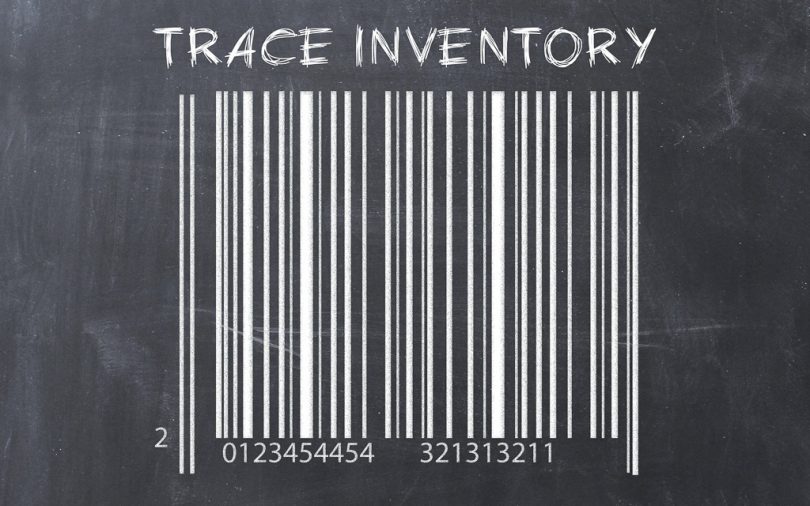What is Traceability?
With such a diverse array of CBD products available on the market these days, it is important to know exactly what you are buying. As more companies are trying to individuate themselves from the saturated cannabis market by producing high-quality CBD, transparency for their extraction methods and sources are becoming more commonly available. This transparency has come to be called traceability. Traceability can be explained as a means of product quality control. By employing full traceability of CBD products, consumers can effectively trace the product back to its source, most often from seed to shelf.
Why Traceability?
The legalization of cannabis in many states throughout the U.S. has caused an explosion of economic growth for the still young cannabis industry. This legalization has led many investors to attempt to make their mark in the booming cannabis trade, and with it, limitless cannabis products of many different varieties available for purchase.
As with all consumer products, those who purchase them are entitled to know where they come from and how they are made, as well as the validity of claims made by their labels. Traceability ensures these claims are legitimate, allowing consumers a peace of mind as to what they are buying and putting in their bodies.
Where did Traceability Come From?
The legalization of cannabis has also brought with it many new state laws and regulations concerning the safe consumption of uncontaminated products. These new laws regulate and document every step of the manufacturing process, as well as the original source, or sources, of the finished product. Traceability also includes rigorous, state mandated testing of the cannabis product for contaminants and other harmful agents with the testing results posted on the label. The transparency which traceability allows results in good brand reputation and trustworthiness while ensuring a safe product reaches consumers.










